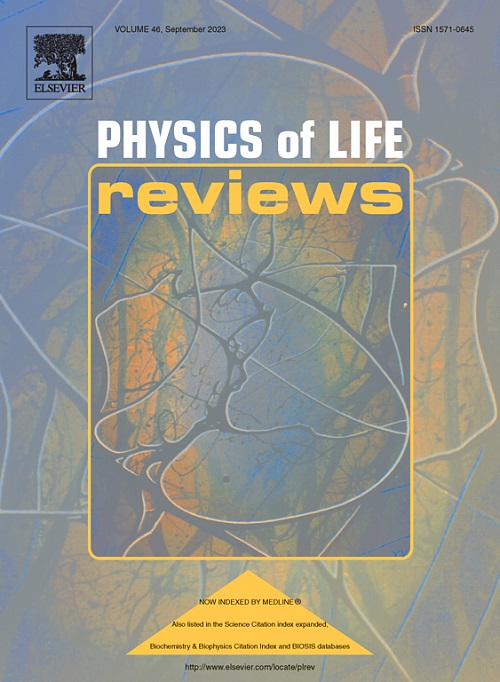肿瘤生长中肿瘤-微环境串扰的高阶相互作用模型
IF 14.3
1区 生物学
Q1 BIOLOGY
引用次数: 0
摘要
肿瘤微环境(TME)中癌细胞和非恶性细胞之间的信号相互作用被认为影响肿瘤的进展和耐药性。然而,介导这种影响的基因组机制仍然难以捉摸,因此难以确定肿瘤及其微环境的治疗靶点。在此,我们认为通过异速缩放定律整合进化博弈论和生态系统理论的计算模型可以绘制涉及肿瘤细胞、TME和肿瘤块的高阶相互作用网络的基因组图谱。我们评估了该模型在确定基因诱导肿瘤- tme串扰对肿瘤生长的因果影响方面的应用。研究结果表明,肿瘤细胞及其浸润微环境之间的合作和竞争以多种方式促进或抑制肿瘤的生长。我们确定了控制这种促进或抑制的特定基因,这些基因可以用作改变肿瘤生长的遗传靶点。该模型为从任何组学数据中精确推断肿瘤- tme相互作用的基因组基础及其对肿瘤进展的影响开辟了一条新的途径。本文章由计算机程序翻译,如有差异,请以英文原文为准。
High-order interaction modeling of tumor-microenvironment crosstalk for tumor growth
Signaling interactions between cancer cells and nonmalignant cells in the tumor microenvironment (TME) are believed to influence tumor progression and drug resistance. However, the genomic machineries mediating such an influence remain elusive, making it difficult to determine therapeutic targets on the tumor and its microenvironment. Here, we argue that a computational model, derived from the integration of evolutionary game theory and ecosystem theory through allometric scaling law, can chart the genomic atlas of high-order interaction networks involving tumor cells, TME, and tumor mass. We assess the application of this model to identify the causal influence of gene-induced tumor-TME crosstalk on tumor growth. The findings demonstrate that cooperation and competition between tumor cells and their infiltrating microenvironment promote or inhibit tumor growth in diverse ways. We identify specific genes that govern this promotion or inhibition, which can be used as genetic targets to alter tumor growth. This model opens up a new avenue to precisely infer the genomic underpinnings of tumor-TME interactions and their impact on tumor progression from any omics data.
求助全文
通过发布文献求助,成功后即可免费获取论文全文。
去求助
来源期刊

Physics of Life Reviews
生物-生物物理
CiteScore
20.30
自引率
14.50%
发文量
52
审稿时长
8 days
期刊介绍:
Physics of Life Reviews, published quarterly, is an international journal dedicated to review articles on the physics of living systems, complex phenomena in biological systems, and related fields including artificial life, robotics, mathematical bio-semiotics, and artificial intelligent systems. Serving as a unifying force across disciplines, the journal explores living systems comprehensively—from molecules to populations, genetics to mind, and artificial systems modeling these phenomena. Inviting reviews from actively engaged researchers, the journal seeks broad, critical, and accessible contributions that address recent progress and sometimes controversial accounts in the field.
 求助内容:
求助内容: 应助结果提醒方式:
应助结果提醒方式:


